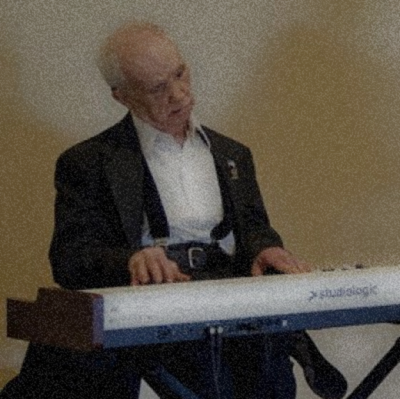.
.
.
.
.
Among the many important events of the civil rights movement were the demonstrations known as the “Freedom Rides, in which activists rode interstate buses in the south in 1961 and beyond in protest of local laws enforcing segregation in bus seating and in bus terminals in defiance of the United States Supreme Court decisions Morgan v. Virginia (1946) and Boynton v. Virginia (1960) ruling segregation of buses unconstitutional. The protests and the violent reactions provoked by them were widely seen as giving the movement credibility, and it motivated people like John Lewis, one of the 13 original Freedom Riders, and who has served in Congress since 1986, to participate. “Segregation and racial discrimination were not keeping with our faith, so we had to do something.”
The great drummer Art Blakey did something to bring attention to the Rides in the form of intense and personal musical expression. On May 27, 1961, as part of a session culminating in the Blue Note recording The Freedom Rider (which included trumpeter Lee Morgan, saxophonist Wayne Shorter, pianist Bobby Timmons and bassist Jymie Merritt), Blakey recorded “The Freedom Rider,” a seven minute drum solo that, according to jazz writer Nat Hentoff – who wrote the liner notes to the album – “represents Art’s immediate reaction to the explosive growth of the civil rights movement at that time and since.”
Hentoff, who passed away in 2017, was a brilliant jazz writer, critic, historian and one of the foremost authorities on the First Amendment. Often the most articulate voice of jazz music and its associated political activism, his description of Blakey’s work on “The Freedom Rider” within the liner notes tells a brief history of the Freedom Rides, and of Blakey’s “deeply personal solo” that “conjures up the whirlpool of emotions” felt throughout the country at the time of this recording:
To set .The Freedom Rider. in historical and emotional context, the first wave of sit-ins by Southern Negro students had begun in February, 1960. They spread throughout the South, desegregating lunch counter facilities in 126 cities by the end of that year. In the spring of 1961, the Supreme Court declared that discrimination against interstate traveler in bus terminal restaurants was illegal. To test the decision, CORE (Congress of Racial Equality) initiated an integrated Freedom Ride through the South. On May 4, thirteen freedom riders – seven Negro and six white – set off on a bus for New Orleans. They experienced minor difficulties in Virginia, but in Alabama, where they had split into two buses, a mob near Anniston destroyed one of the buses with an incendiary bomb, almost killing the passengers. The other bus went on to Birmingham where its passengers were savagely beaten by another mob.
Hundreds more Freedom Riders poured into the South until the Inter-State Commission issued an order taking effect on November 1, 1961, which implemented the Supreme Court ruling with specific instructions and penalties.
At the time of the recording, however, the battle of the bus terminals had not been won, and there was a feeling of impregnable determination among civil rights actionists to send Freedom Riders into the South until all the jails were filled – if that were necessary to end segregation of interstate travelers. In his absorbing, deeply personal solo, Art Blakey conjures up the whirlpool emotions at that time – the winds of change sweeping the country, the resistance to that change, and the pervasive conviction of the Freedom Riders that “We Shall Not Be Moved.”
Hearing this solo illuminated a comment Blakey had made in England some two weeks before his recording session. “A drum,” he had told Max Jones of the Melody Maker, “moves the soul, man. It’s not just an instrument to keep time with…A drummer should get inside his drums.” Here, obviously, Blakey is indeed inside the drums in an insistent commentary on the molten nature of and the implications of the Freedom Rides. He utilizes his formidable technical knowledge to make his emotional points multiply clear. The solo swarms with defiance of racism and pride in the persistence of “the movement” to end segregation through mass, direct action.
.
.
________
.
.
.
.
.
*
.
Read Hentoff’s liner notes to the Max Roach album .We Insist! Max Roach’s Freedom Now Suite
.
Read the 2005 Jerry Jazz Musician interview with Hentoff, “Civil Liberties and Jazz — Past, Present and Future”
.
.
.







































